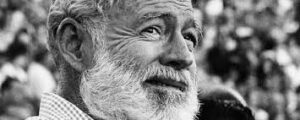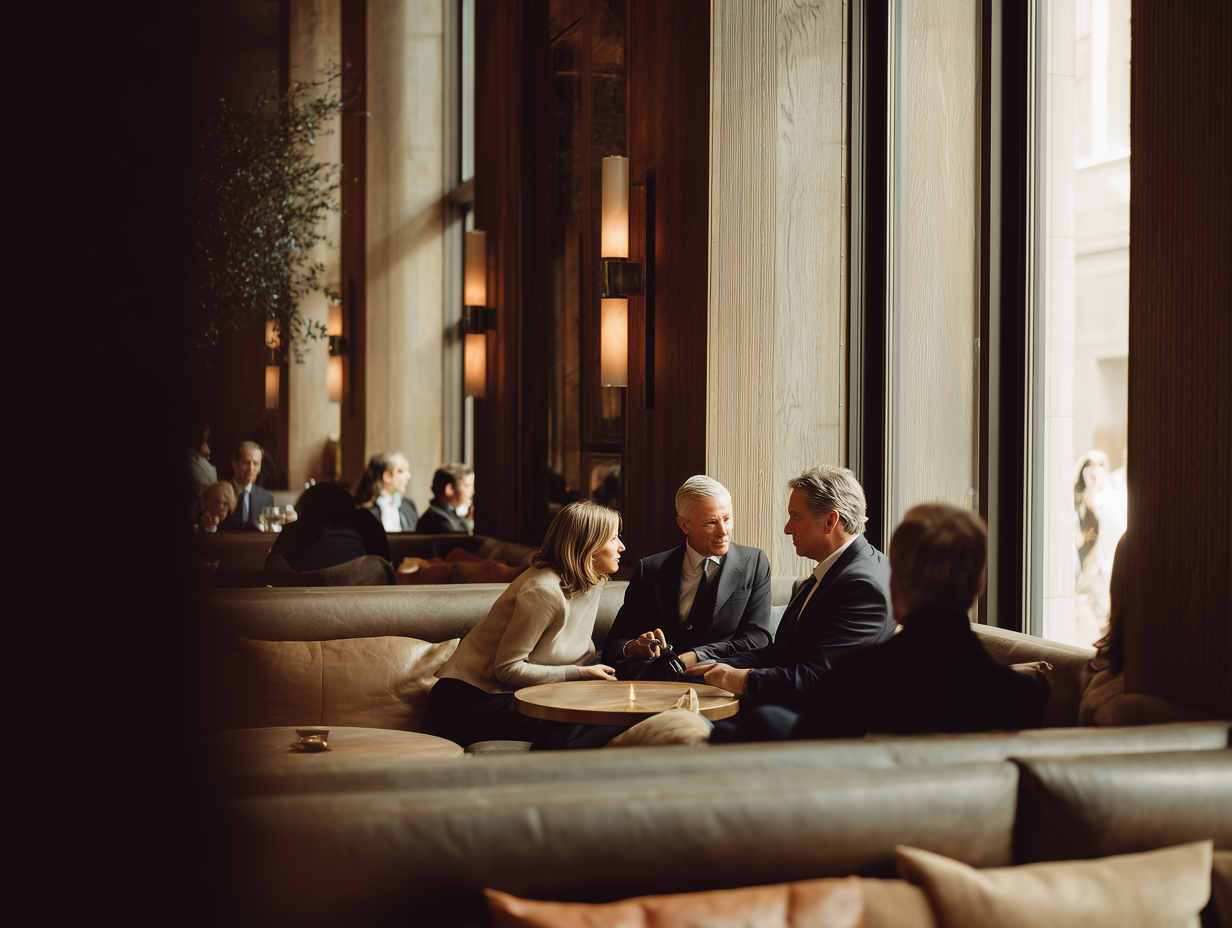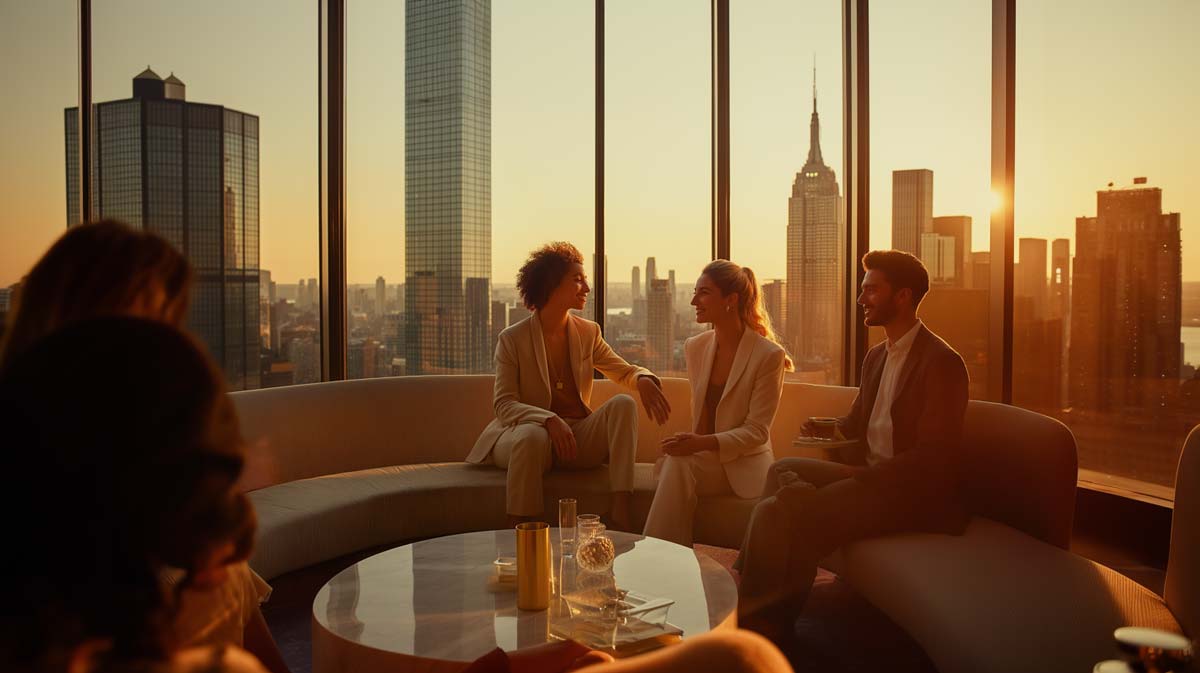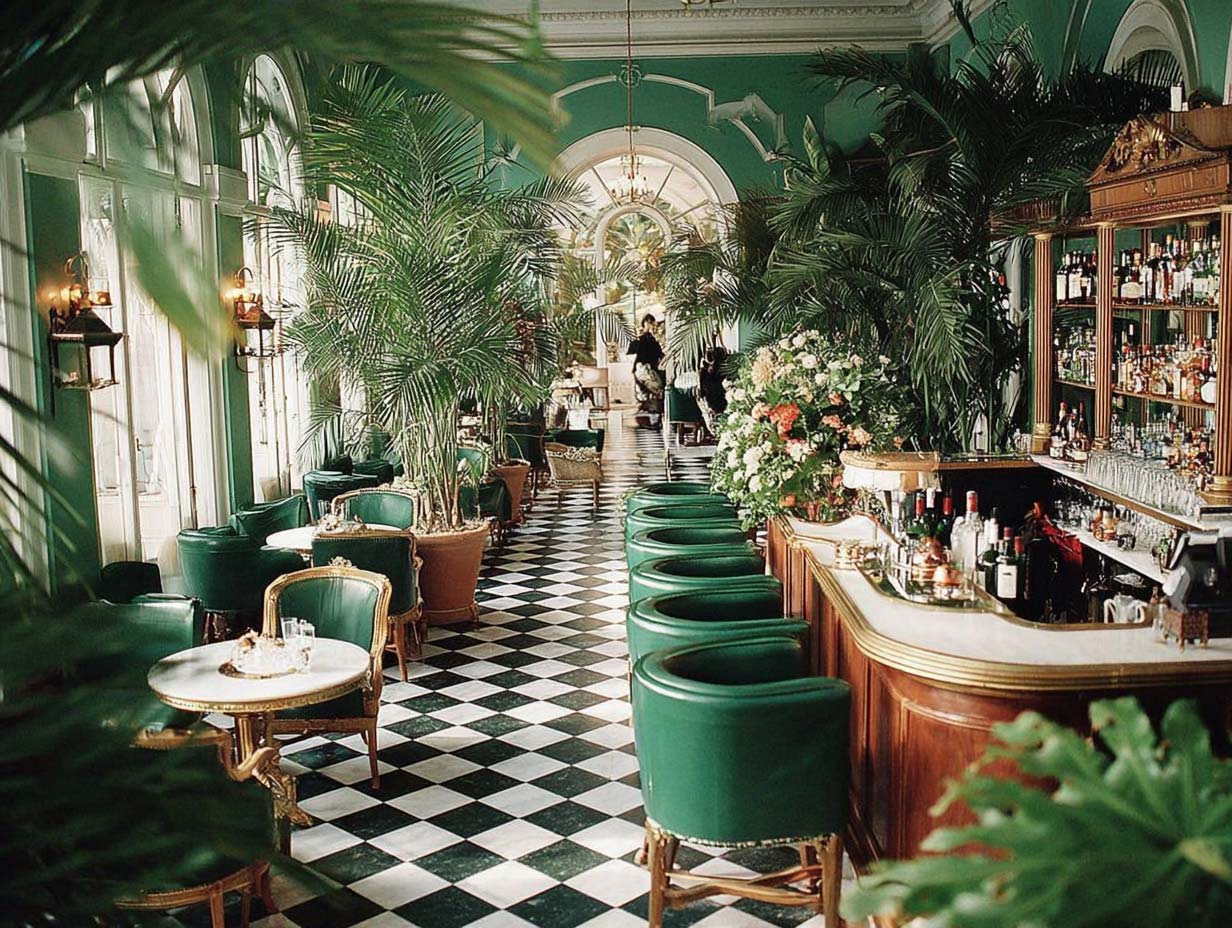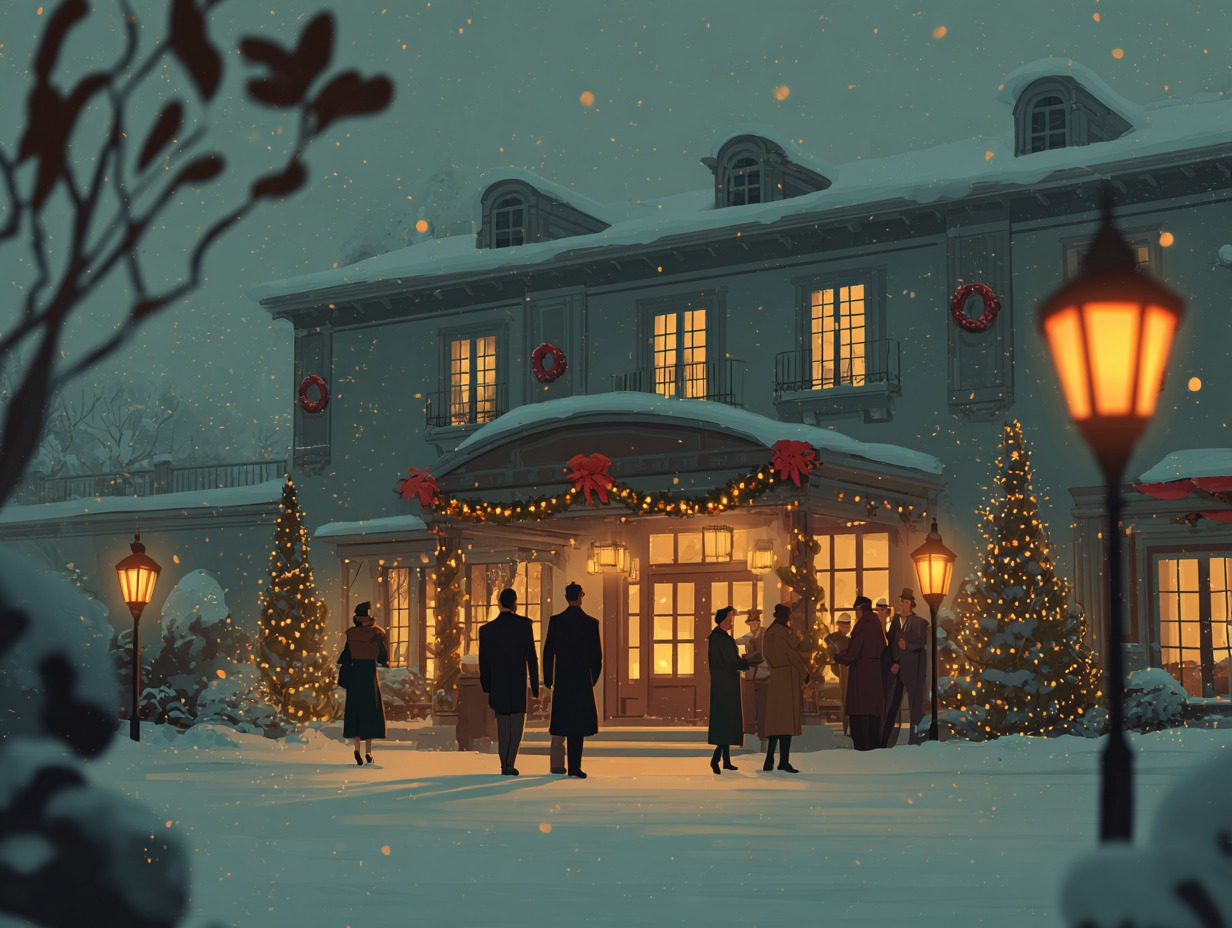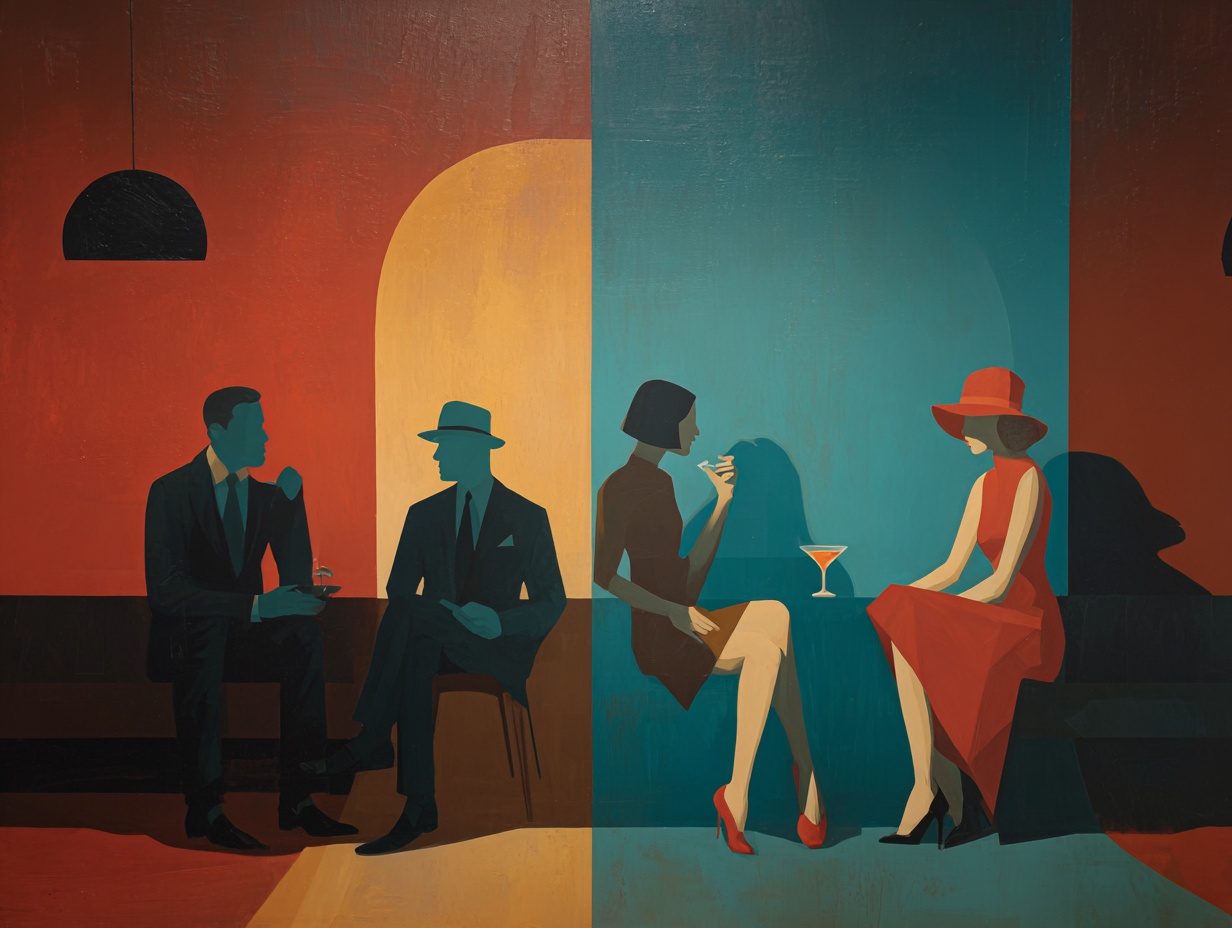A Presidential Golf Legacy
The White House lawn has long been a place of history, diplomacy, and recreation. Among its lesser-known features is a small but significant piece of presidential history: the White House putting green. Installed during President Dwight D. Eisenhower’s administration, this modest green has served as a retreat for golf-loving presidents and a symbol of the sport’s deep ties to American leadership.
Eisenhower’s Influence on Golf in the White House
President Eisenhower, an avid golfer who played over 800 rounds during his presidency, is widely credited with bringing golf into the political mainstream. As a five-star general turned Commander-in-Chief, Eisenhower found solace in the game and frequently used it as a means of relaxation and informal diplomacy. He worked closely with Augusta National Golf Club co-founder Clifford Roberts to install a putting green just outside the Oval Office in 1954, ensuring he could practice without leaving the White House grounds.
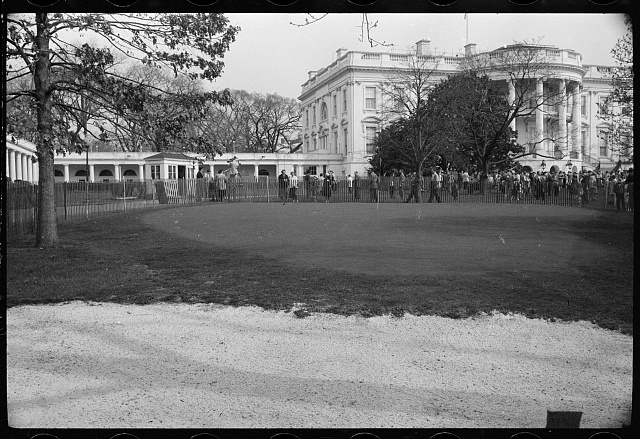
Changes and Restorations Over the Years
Though Eisenhower championed the putting green, it did not remain untouched by subsequent administrations. President Richard Nixon had it removed during his tenure, but President George H.W. Bush, another golf enthusiast, saw to its restoration in 1991. The modern iteration of the White House putting green, designed with the help of the United States Golf Association (USGA), is a sleek, well-manicured space that has hosted many presidents seeking a quick escape from the rigors of office.
President Bill Clinton, known for his love of the game, made further improvements to the putting green, refining its layout and usability. Under President Barack Obama’s administration, the green was reportedly upgraded once again, maintaining its place as a discreet yet cherished feature of the White House grounds.
Golf as a Presidential Pastime
The presence of a putting green at the White House underscores the enduring relationship between golf and American presidents. From Eisenhower and Bush to Obama and Trump, many commanders-in-chief have used golf as a way to unwind, engage with world leaders, or even conduct informal meetings. The game has served as a tool for diplomacy, with presidents often hosting foreign dignitaries for rounds at some of the world’s most exclusive courses.
A Reflection of Leadership and Leisure
While the White House putting green may not be as famous as the Rose Garden or South Lawn, it holds a unique place in the history of the presidency. It represents the blending of leadership with leisure, a space where presidents can momentarily step away from the weight of their responsibilities and enjoy a sport that requires patience, strategy, and precision—traits that often parallel the demands of the office itself.
Whether used for a few minutes of putting practice or as a backdrop for casual conversation, the White House putting green remains a testament to the enduring role of golf in American leadership. As long as golf-loving presidents occupy the Oval Office, this small patch of green will likely remain a quiet, yet significant, part of the executive mansion’s storied landscape.

